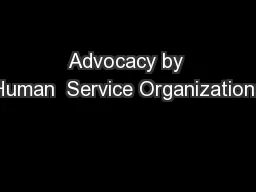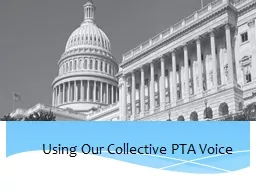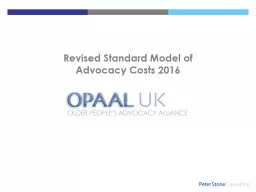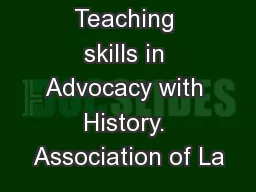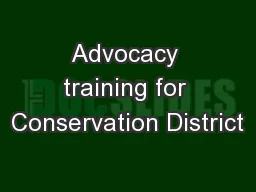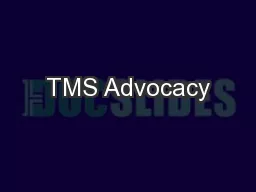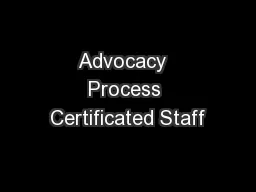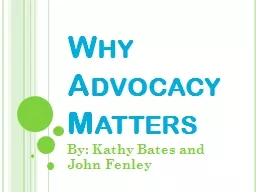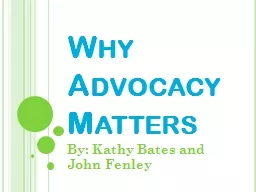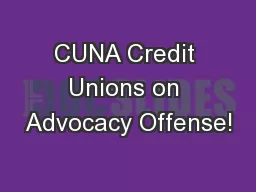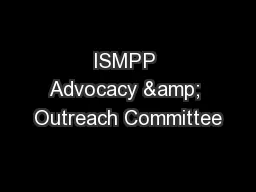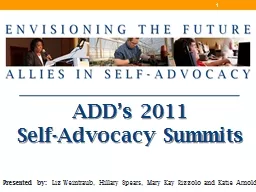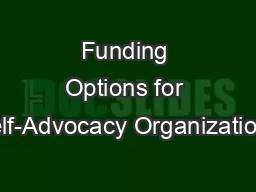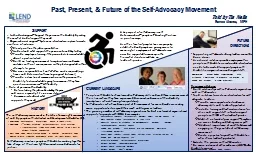PPT-Advocacy by Human Service Organizations
Author : calandra-battersby | Published Date : 2018-11-08
Marcela Sarmiento Mellinger MSW PhD University of Maryland at Baltimore County School of Social Work 1 Should human service leaders be involved in advocacy 2
Presentation Embed Code
Download Presentation
Download Presentation The PPT/PDF document "Advocacy by Human Service Organizations" is the property of its rightful owner. Permission is granted to download and print the materials on this website for personal, non-commercial use only, and to display it on your personal computer provided you do not modify the materials and that you retain all copyright notices contained in the materials. By downloading content from our website, you accept the terms of this agreement.
Advocacy by Human Service Organizations: Transcript
Download Rules Of Document
"Advocacy by Human Service Organizations"The content belongs to its owner. You may download and print it for personal use, without modification, and keep all copyright notices. By downloading, you agree to these terms.
Related Documents

